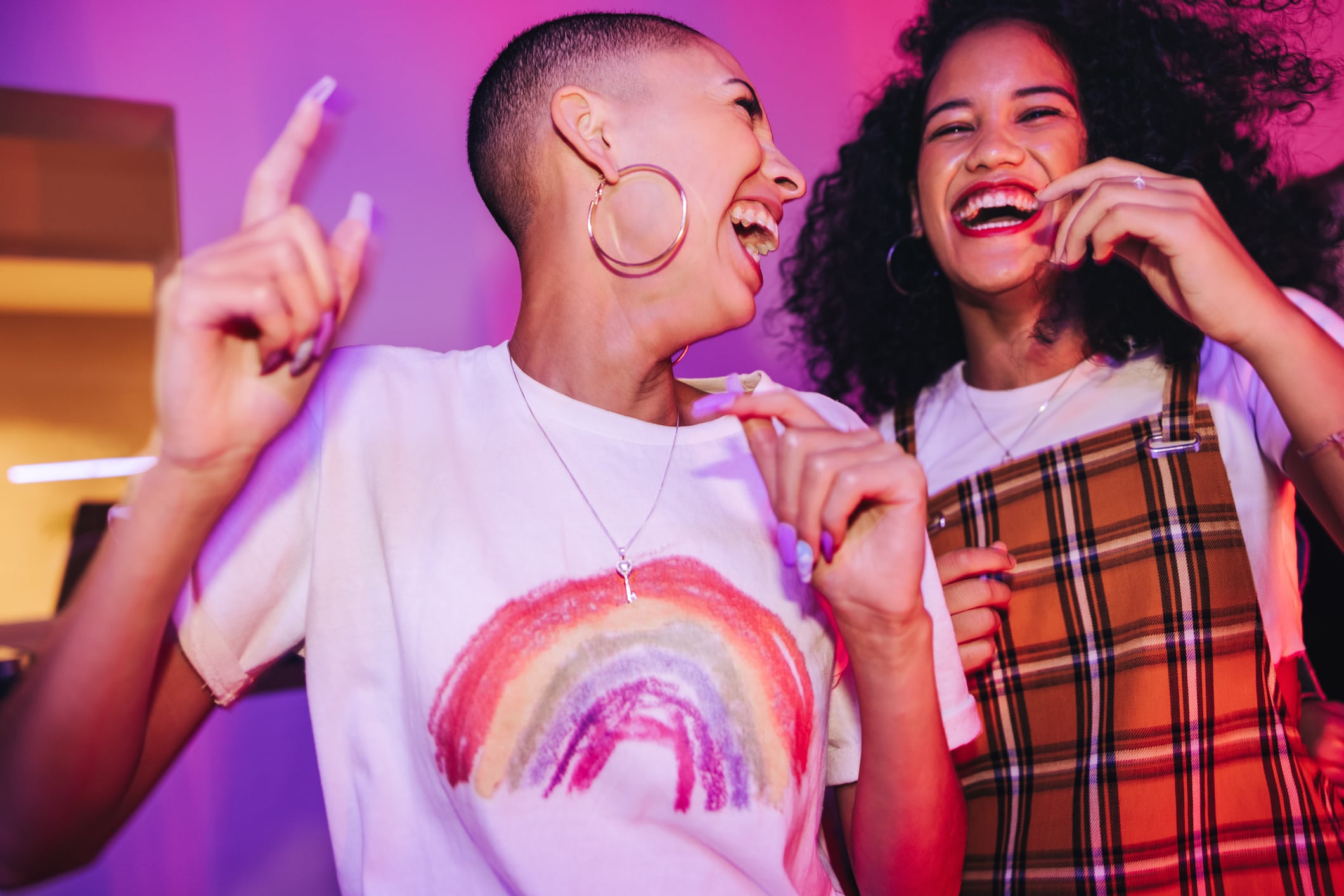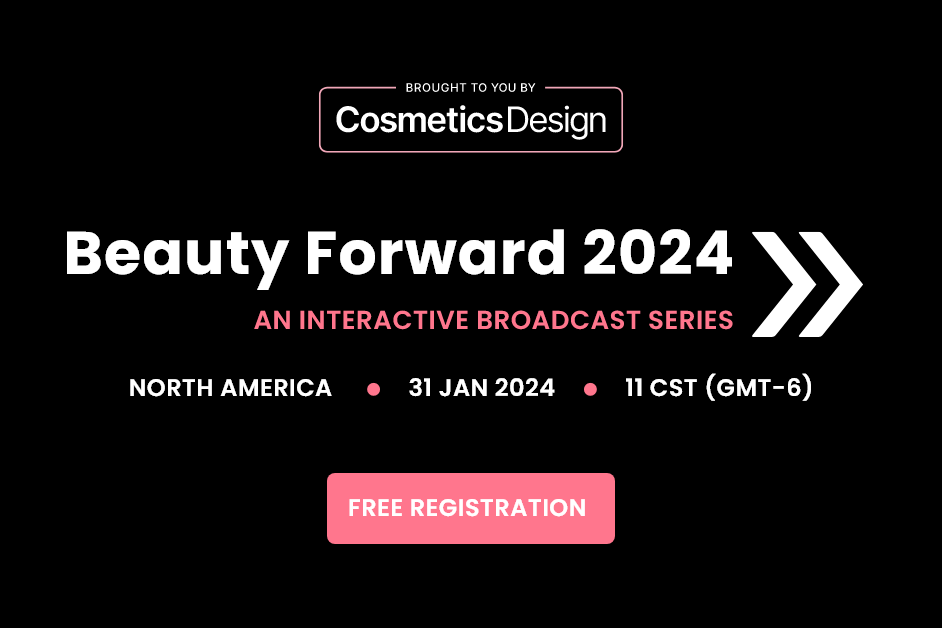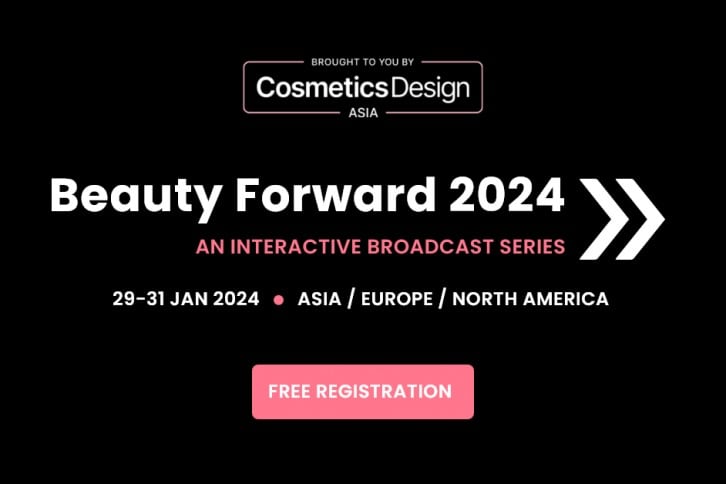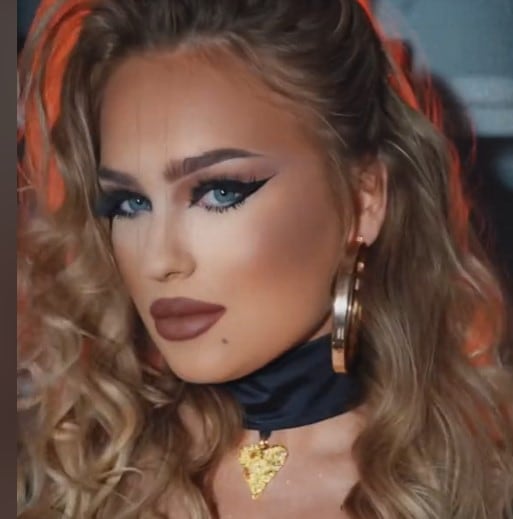Much of this 'disloyalty' can be attributed to the sheer amount of access these shoppers have to new beauty products and relevant information, along with their obsession with TikTok trends.
Yet one thing that shines through with this age group is their commitment to efficacy and results.
Creator agency Kyra has just released its survey of 1,000 18-25-year-olds in the UK and US in November 2023, which it has teamed with five years of historical data, to get to the root of what drives and motivates these cosmetics consumers.
According to Kyra’s VP of Beauty & Wellness, Marina Mansour, the survey has revealed a few key points for beauty brands to note about Gen Z. These are:
- They are focused on how the product serves them first and foremost – so communicating product efficacy is crucial.
- To this point, they’re not afraid to shop value or invest in search of what will give them the results they're looking for.
- Recognise their extensive beauty education, especially in makeup and skin care. To capture their attention, traditional content formats on social media (GRWMs, unboxing, storytime) need to be elevated.
- Approach influencer partnerships with forward planning. Gen Z is discerning, and trust is built through long-term advocacy, not just one-off collaborations.
This generation doesn’t need the ‘old-school’ method of influencing
Perhaps unsurprisingly, the report revealed that TikTok was the social channel of choice for this generation to discover new trends and product: with 39.5% saying this was the key place for discovery, closely followed by Instagram at 36.6%. However, YouTube was only the channel of choice for 6.4% of these Gen Z shoppers. Whereas previously for Millennials, this was the go-to place for beauty fans to view content such as makeup tutorials.
In terms of what’s inspiring these beauty consumer’s routines, 57% said this was a fusion of trial and error plus creators, with only 15.3% saying that creators inspired them, and even more surprisingly, only 2% said they were inspired by friends.
According to Kyra, this was a key difference among this group. The team noted that “this generation no longer needs the old-school method of influencing. They know how to apply their bronzer and don’t need those application tutorials like they once did.”
It highlighted that they want to be entertained and inspired so they can take the inspiration and run with it themselves. “And platforms like TikTok serve this type of content up to them on a silver platter,” noted Kyra’s experts.
Meanwhile, the types and formats of content that were most of interest were:
- Focuses on ingredients
- GRWM (Get ready with me)
- When brands and creators do something different
- Trends
The report also flagged that 75% of participants said they would ‘convert’ if a brand engaged with what was trending on social media.
Based on this, Kyra’s experts advised that the ideal approach is to “to partner with creators who can bring this dialogue to life in a way that feels most relatable and authentic to Gen Z. Trends come quickly too! So, you need a partner who can help you activate quickly and at scale.”
The team at Kyra also worked with a 23-year-old Gen Z influencer, Ashley Lamarca (@ashleylamarca), to hear her perspective on the survey results.
Lamarca said she attributed a lot of her makeup and hair care skills to growing up watching YouTube tutorials, yet now finds herself using TikTok as a search engine for beauty and fashion inspiration/information, often more than Google.
“My two largest platforms are TikTok and Instagram where I personally spend most of my time on, aligning with the participant’ responses 100%,” she said.
And another key point to note from the survey results was that this consumer group also said it knows the most about makeup, but really wants to know more about skin care, wellness and fragrance.
“It’s clear that where they feel the least knowledgeable is where they want to build their skillset most,” said Kyra’s experts. “We’re specifically eyeing the overall ‘skincare’ and ‘wellness’ and ‘makeup’ categories. So, let’s focus on quenching this thirst for skin and wellness knowledge in 2024 with the same time and attention that makeup has done over the years. Brands and creators that lean in, will reap the benefits of fans and consumers for years to come.”
They want experiences that excite their senses and emotions
It seems that beauty companies need to take note on the NPD side too – as these notable differences in attitudes compared to previous generations are not just something for marketing experts to note.
According to chief ideas officer at MMR Research, Andrew Wardlaw, this TikTok-loving generation is craving excitement and elevation, such as sensory experiences.
“Product optimisation is beginning to feel ‘old world’ as Gen Z increasingly makes their presence felt. This generation wants to discover, be challenged, and have experiences that excite their senses and emotions,” he said.
“I believe that elevated sensory experiences should be the new standard in product design. Manufacturers must understand exactly what Gen Z leans into and then turn the volume up,” he continued.
He noted that TikTok has transformed what Gen Z expects from everyday products. “They want layered packaging that builds anticipation, unexpected sensory moments that prompt social shares, and even post consumption content accessed by QR codes,” he concluded.





